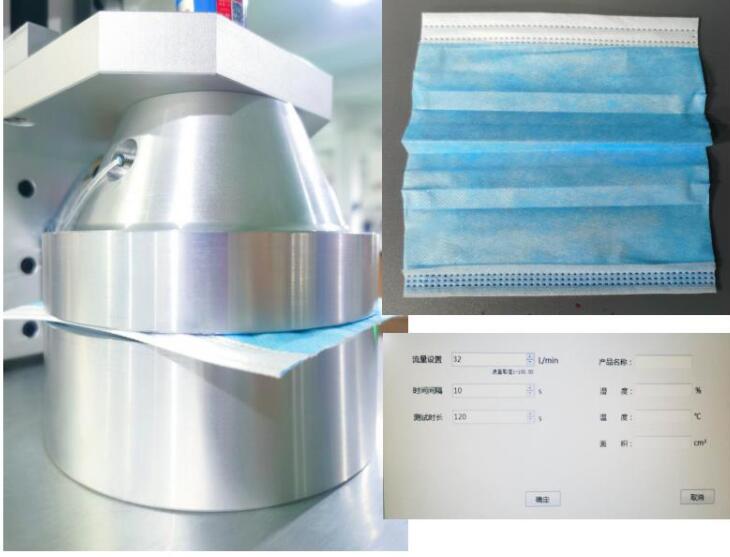What are the ASTM levels of masks?

ASTM International (formerly known as the American Society for Testing and Materials) has established a classification system for face masks based on their performance and level of protection. The ASTM F2100 standard categorizes masks into several levels, each indicating different levels of fluid resistance, bacterial filtration efficiency (BFE), particle filtration efficiency (PFE), and breathability. The ASTM levels for masks are as follows:

1. Level 1: Low Barrier
- Offers low fluid resistance.
- BFE ≥ 95% (Bacterial Filtration Efficiency)
- PFE ≥ 95% (Particle Filtration Efficiency)
- Delta P < 4.0 mmH2O/cm2 (Differential Pressure)
2. Level 2: Moderate Barrier
- Offers moderate fluid resistance.
- BFE ≥ 98%
- PFE ≥ 98%
- Delta P < 5.0 mmH2O/cm2
3. Level 3: High Barrier
- Offers high fluid resistance.
- BFE ≥ 98%
- PFE ≥ 98%
- Delta P < 5.0 mmH2O/cm2
4. Level 4: Highest Barrier
- Offers the highest fluid resistance.
- BFE ≥ 98%
- PFE ≥ 98%
- Delta P < 5.0 mmH2O/cm2
These levels are primarily based on the mask's ability to resist penetration by fluids, such as blood or bodily fluids, and their filtration efficiency against bacteria and particles. The performance requirements for each level are specified in terms of BFE, PFE, and Delta P (differential pressure).
It's important to note that ASTM levels primarily focus on the mask's performance against fluid penetration and filtration efficiency, and they do not provide an assessment of a mask's fit or respiratory protection against airborne particles. For respiratory protection against airborne contaminants, masks certified by regulatory bodies such as the National Institute for Occupational Safety and Health (NIOSH) or European Union standards like FFP2 or FFP3 respirators should be considered.
When selecting face masks, it's crucial to assess the requirements of the specific application and refer to the appropriate standards or guidelines to ensure the desired level of protection is met.
2023-08-31 10:47

